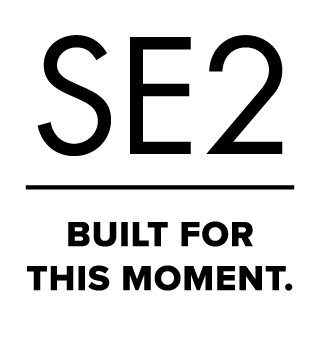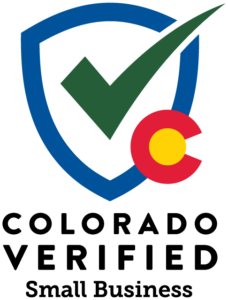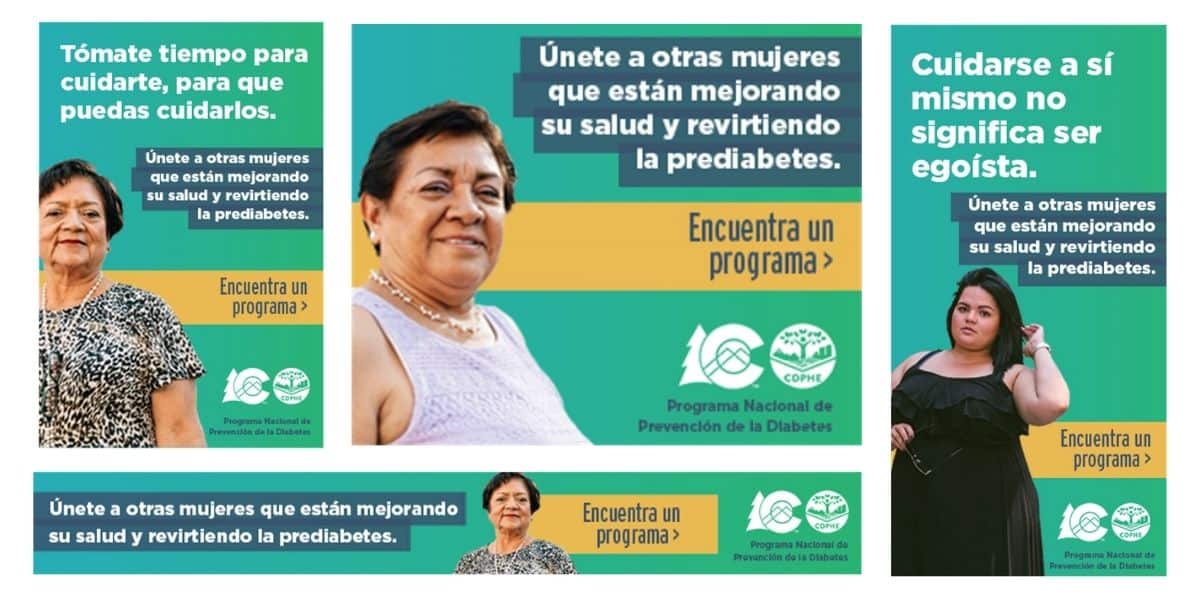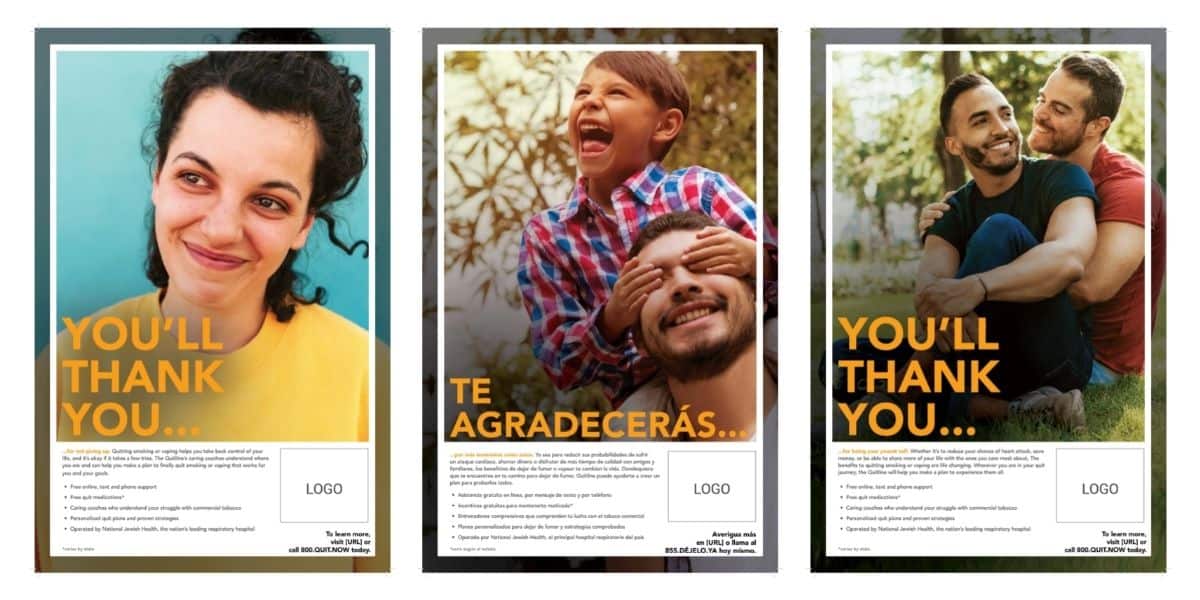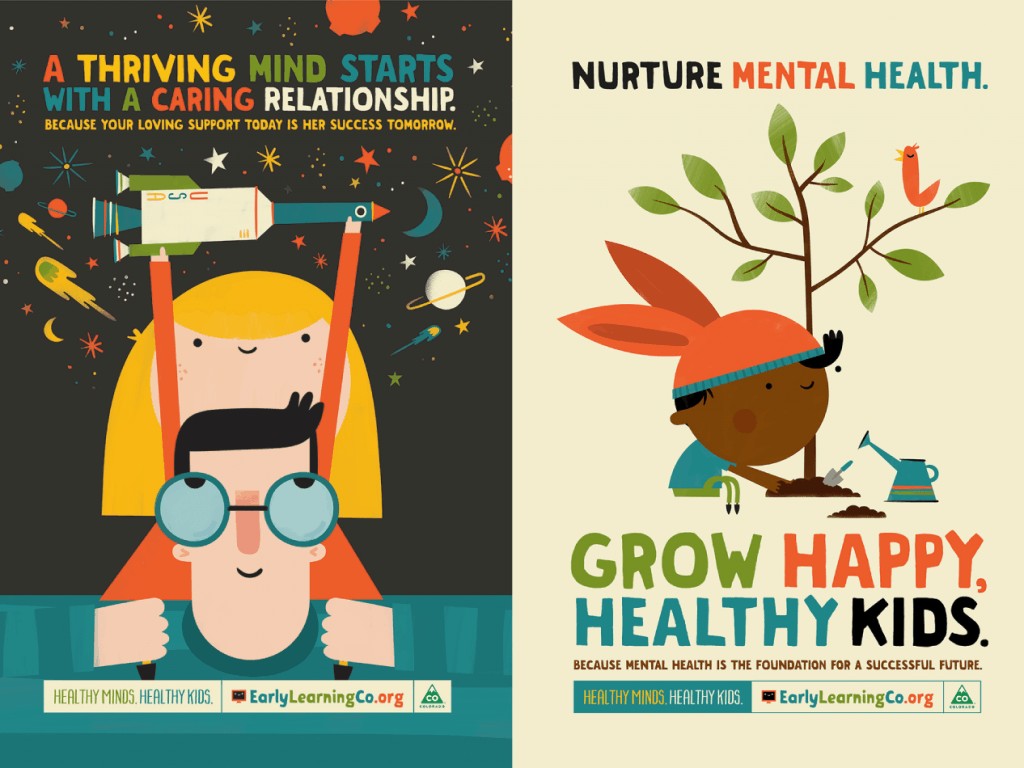Imagine setting up your office in the lobby at Twitter, Meta or TikTok headquarters.
Even if they didn’t kick you out initially, they could at any moment. And you’d have no control over your environment.
That’s essentially what we’re doing when we invest our time and resources into developing a presence on their social media platforms. We’re living in borrowed space and the landlord has nearly complete control.
They can tell us what kinds of ads we can buy (as SE2’s Jack Cohen described in Advertising Week) or pursue strategies that undermine democracy and health (see Facebook and Instagram).
They can change the rules of engagement overnight, like when Elon Musk took over Twitter. Musk’s Twitter stepped back from any commitment to promoting constructive dialogue and putting facts and science above disinformation. Twitter became antithetical to our values.
Based on his series of erratic and ill-advised actions, I decided it wasn’t a place I wanted to plant by flag, and SE2 came to the same conclusion as an organization.
When we left, we had to write off the hundreds of hours we had spent building a network there.
We had been building our network on someone else’s platform, and the new owner made it uninhabitable for us. Yet others, including journalists, say they can’t afford to leave Twitter because it remains the place for key announcements from governments and other news sources.
Alternative platforms like Mastodon and Post haven’t filled the gap — at least not yet.
Now organizations are wondering if TikTok is a secure place to build their presence and grow audiences.
Because TikTok is owned by a Chinese company, the focus has been on whether it could spy on users or use its algorithm to manipulate what news and points of view users see. This has prompted states to ban it on government computers and at universities. A congressional bill would ban TikTok across the United States.
For organizations that want to build a significant presence on TikTok, those current and potential restrictionsat raise a lot of red flags.
Yet, they also know that TikTok is a great way to reach a key demographic. TikTok is on pace to surpass 100 million users in the United States. Those users skew younger, and it’s the go-to app for Gen Z.
So organizations must balance the benefits of reaching these users where they are with the uncertainty of TikTok’s future.
It’s an increasingly common conundrum as we rely on these private platforms for public engagement. While this is the stark reality we face, we can mitigate the risk with these three steps:
- Don’t become overreliant on a single platform. Just like you wouldn’t want all your savings invested in a single tech company, spread your efforts and engagement across the relevant social media platforms. It takes more work, but it’s worth it.
- Stay alert to the changing landscape. For example, what is the practical implication of the growing number of state bans on TikTok? Are federal policymakers or regulators likely to take action that would restrict its use in a substantive way acoss the nation?
- Keep comparing your values and your organizational values to the policies and actions of the platforms. Are they furthering the goals of your campaigns or are they undermining them? Increasingly, that presents a tough balancing act.

About the Author:
Eric Anderson (he/him) began his career as a newspaper reporter in Washington, D.C., Hong Kong, and Denver before co-founding SE2 in 1998. He has helped guide marketing and communications campaigns on some of the era’s most pressing issues, from public health to education to the environment. He lives in Englewood, Colorado with his wife, Amber. Together they have four adult children, two dogs, and one cat.
